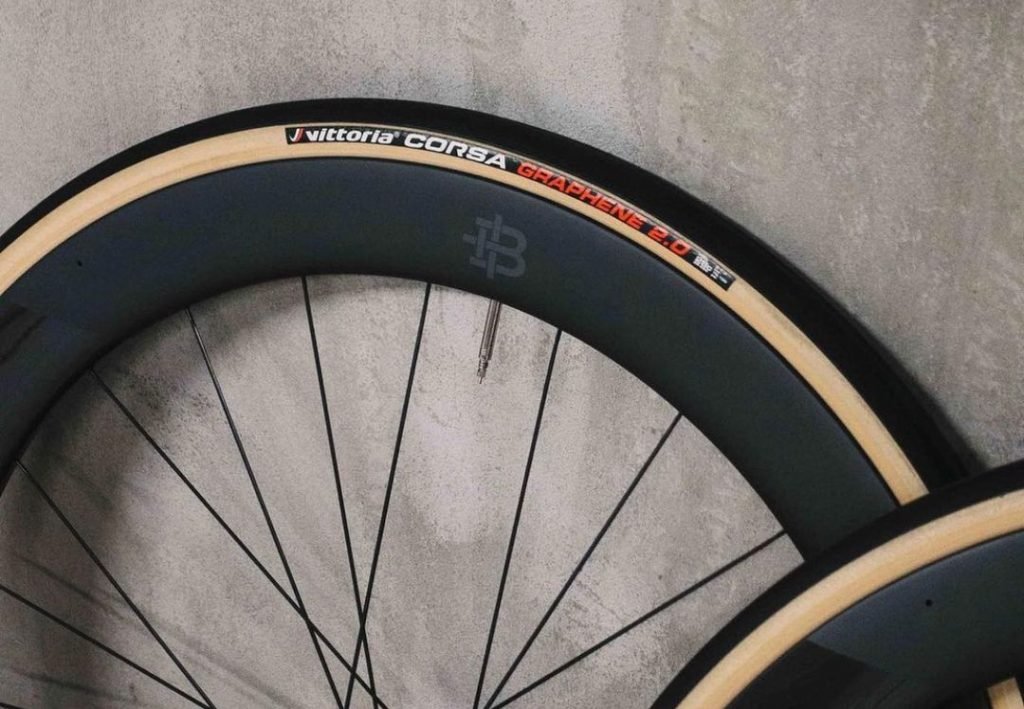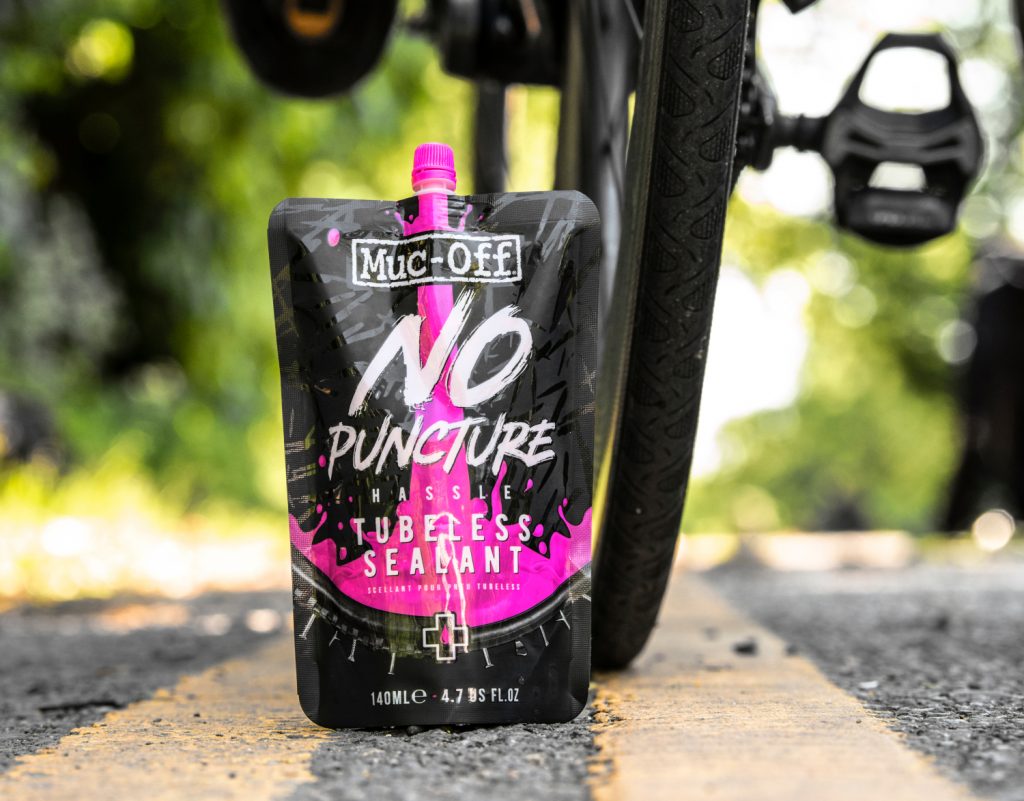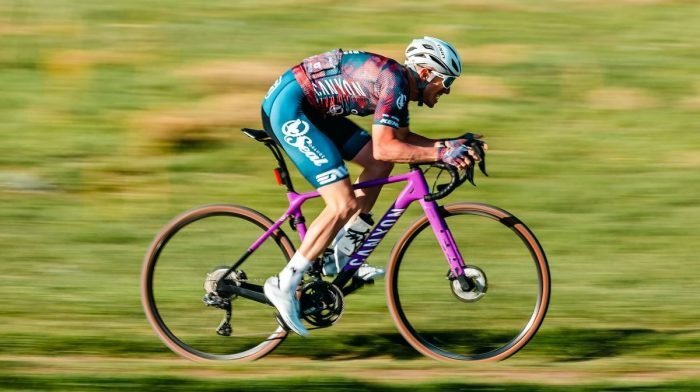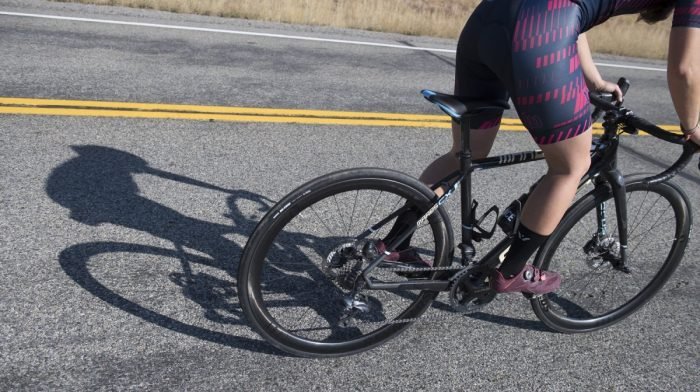In recent years, one debate has been raging throughout the cycling community to almost no end – tubeless tires vs clincher tires. With so many considerations at play, this isn’t exactly a clear-cut decision. Thankfully, we here to help. In this article, we’ll unpack the differences between clincher tires and tubeless tires, as well as their advantages and disadvantages, so you can make the best decision for the riding you do most.
First, let’s take a closer look at clincher tires
Clincher tires are combined with an innertube to form the tire system. A clincher tire hooks onto the rim and is held in place by the outward pressure of the innertube. Clinchers are the most common type of tire with most stock bikes coming fitted with clinchers as standard.
Firstly, a clincher tire is the most practical and straightforward type of tire to service. If you puncture when you’re out riding, all you need to do is take the tire off and replace the innertube. Replacing an innertube should only take a matter of minutes, even for basic mechanics. Unlike tubeless tires, there’s no sealant, keeping fuss to a minimum.

Clincher tires also tend to be very reasonably priced, usually costing a fraction of the price of the equivalent tubeless version. So, with clincher tires, you won’t need to worry about breaking the bank if you need new rubber for your race bike.
Thirdly, and most importantly, using modern rubber compounds, clinchers offer lower rolling resistance. Even the 2016 time trial world champion Tony Martin rode to victory aboard a set of Continental Grand Prix TT clincher tires. With modern clincher tires, roadside serviceability no longer comes at the cost of speed.
So, why would you choose a tubeless tire?
Tubeless tires are attached to the rim in a very similar way to clinchers but without an innertube. Instead, they lock an airtight seal against the rim themselves using sealant liquid. Despite this type of tire gaining remarkable popularity amongst road riders in recent years, mountain bikers have been using tubeless tires for decades – and for good reasons.
Firstly, they are immensely puncture resistant. This is because they are filled with liquid sealant that fixes any smaller holes in your tire as you ride. As a result, the number of roadside repairs is minimal compared to clincher tires.
Secondly, they’re just as practical to service at the roadside as a clincher tire. If you do get a flat when out riding, all you need to do is fit a regular innertube to get rolling again.
Thirdly, without the use of an innertube to pinch puncture, you can run tubeless tires at much lower pressures than clincher tires. Lower pressures mean increased grip through corners and on wet surfaces, as well as much greater comfort on rougher roads.

Unfortunately, tubeless tires are usually a very tight fit on the rim because they need to form an airtight seal. As a result, they can be quite a challenge to set up, especially if it’s your first time going tubeless. When setting up your tubeless tires, it’s always a good idea to have a few sturdy tire levers close to hand.
You’ll also need a tubeless compatible rim. While many road, cyclocross, and gravel bikes these days come with a tubeless-ready wheelset, it’s essential to realize that if your rims aren’t tubeless-compatible, you might have to splash out on a new wheelset to run tubeless tires.
However, for many, the level of puncture protection and ride quality offered with tubeless tires far outweighs the challenge in setting them up. If you’re riding over gravel, pavé, or any surface where you are particularly prone to puncturing – tubeless tires are the way to go. If you’re still not convinced by how great tubeless tires are, check out our article on the best road bike tires, where most are tubeless compatible.
In a sense, the ‘clincher tires vs tubeless tires’ debate is a moot one. Your choice depends on a wide variety of factors, including conditions, surfaces, and personal preference. Generally speaking though, the rougher the surfaces you ride, the more you’ll benefit from running tubeless tires. Thankfully, we stock a wide range of clincher tires and tubeless tires at ProBikeKit, so you can always find the perfect pair for the job.
Shop all bike tires at ProBikeKit USA







